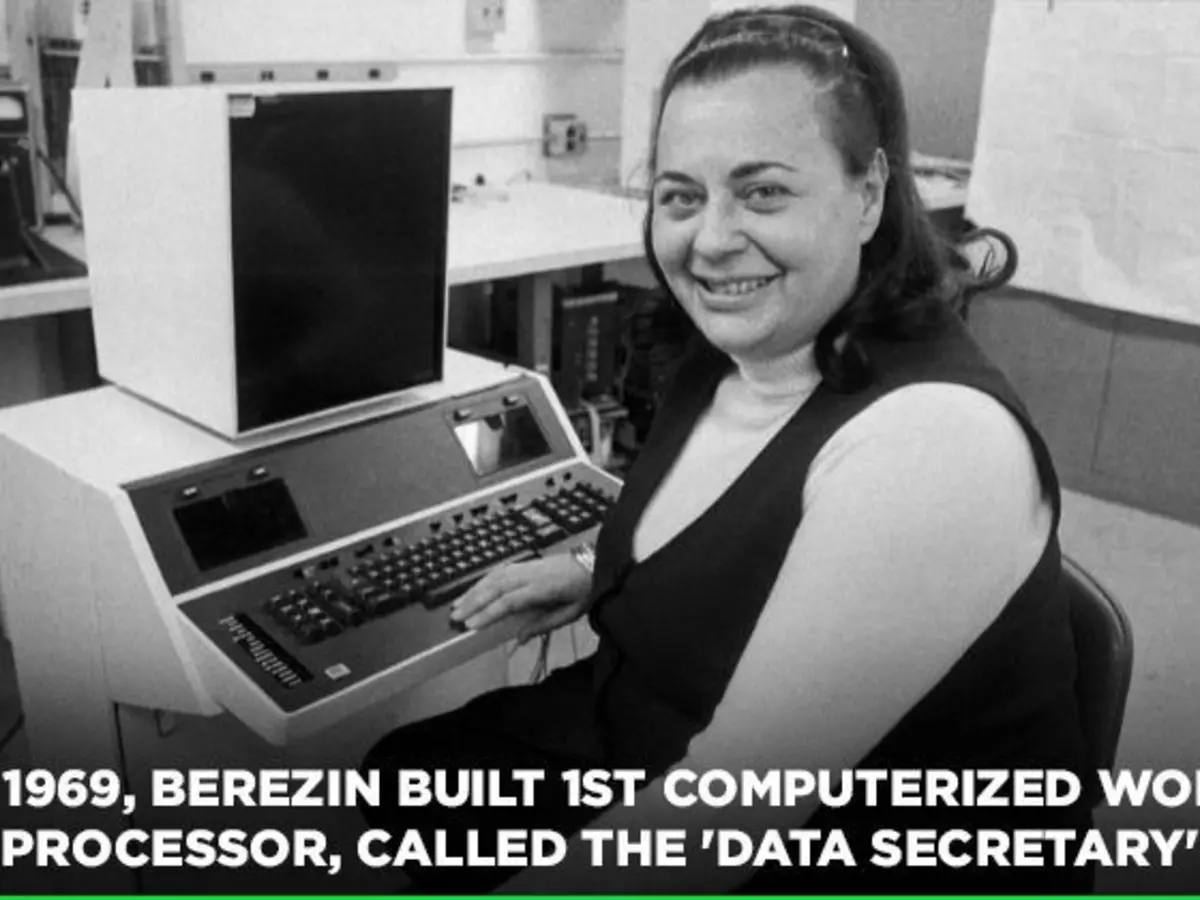Creator Of 1st Ever Word Processor 50 Years Ago, Evelyn Berezin Passes Away At Age 93
Evelyn Berezin passed away today, at age 93. Never heard of her? Well you should care very much. After all, she was a pioneer in the field of computers, and is the reason I was able to type out this story to post for you to read here on Indiatimes.

Evelyn Berezin passed away today, at age 93. Never heard of her? Well you should care very much.
After all, she was a pioneer in the field of computers, and is the reason I was able to type out this story to post for you to read here on Indiatimes.com...

Images courtesy: The New York Times
You see, nearly 50 years ago, Berezin became the saviour of many an overworked journalist and secretary around the world. That's because she built and marketed the first ever computerized word processor. You know, the software that eventually became ones like Google Docs and Microsoft Word that we use today.
Back in 1969, Berezin left her job at the Underwood corporation (a typewriter and computer design company) in order to set up her own company, the Redactron Corporation. That's because she'd had a great idea about a year prior, that promised to completely change how secretaries at the time could do their jobs.
Computers were still in their infancy those years, but more importantly, secretaries made up a huge part of the American workforce. Not only were these women stuck in dead-end jobs, they also had to deal with the monotony of typing out endless pages on typewriters. Boss needs three copies? Type the documents out twice more. Reference notes needed for a meeting? That's ten copies of the same contract. Made a mistake on a court filing? Type the whole thing out again.

MS Word 1.0
But in 1969, Berezin came out with the first computerized word processor, which she called the Data Secretary. It stood about a metre tall, as wide as a hotel minibar, and didn't even have a screen to see the words being typed. It made use of an IBM Selectric Typewriter as both keyboard and "printer". More importantly though, Berezin, designed and programmed the device with 13 semiconductors and a programmable logic circuit.
Though these machines were bulky and expensive, it allowed text to be edited, deleted, and cut and pasted for the very first time in the history of stenography.
Eventually, Redactron later built versions with monitors as well and larger memory caches, but the Data Secretary was the one that started it all. IBM, who at the time relied on magnetic tapes to do the same job with their own faux computers, soon copied Berezin's machine and priced out her company, but not before she had made her mark. The Redactron machine, she claimed years later, was made to help secretaries with their jobs. However, it turned out to be so efficient, it killed off the need for skills the women had previously needed to specifically be trained for, in essence accidentally diluting their job worth.

Early in her career following the slump of Redactron, Berezin went on to design other important computer systems. She designed systems to perform complex calculations, keep intricate accounts for corporations, and even those that automated bank transactions. Berezin also claimed credit for designing the first computerized airline reservation system in the world.
Berezin was eventually inducted into the Women in Technology International Hall of Fame in 2011, for her contributions to computing. However, most people would be hard-pressed to even recognise her name these days, and she remains relatively unknown.
Much later in her life, she was diagnosed with lymphoma, and decided to forgo treatment in favour of enjoying her few remaining years. She passed away among family and friends this week, and the world lost one of the best and brightest women the world of computers has ever seen.
